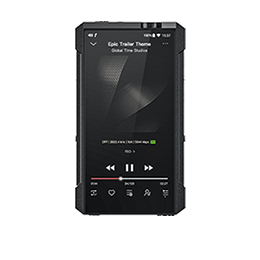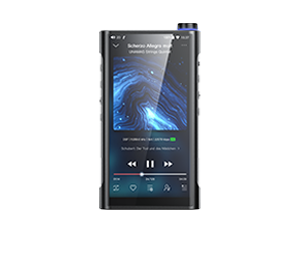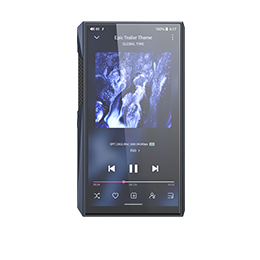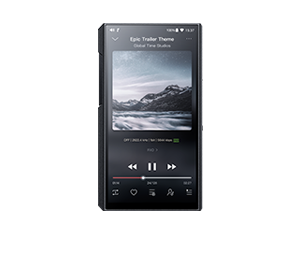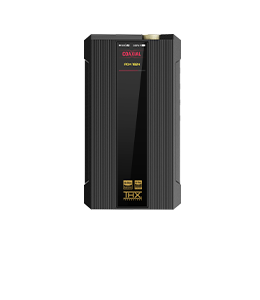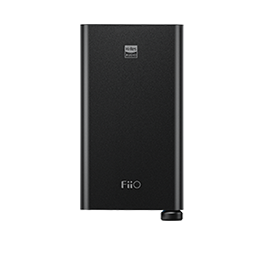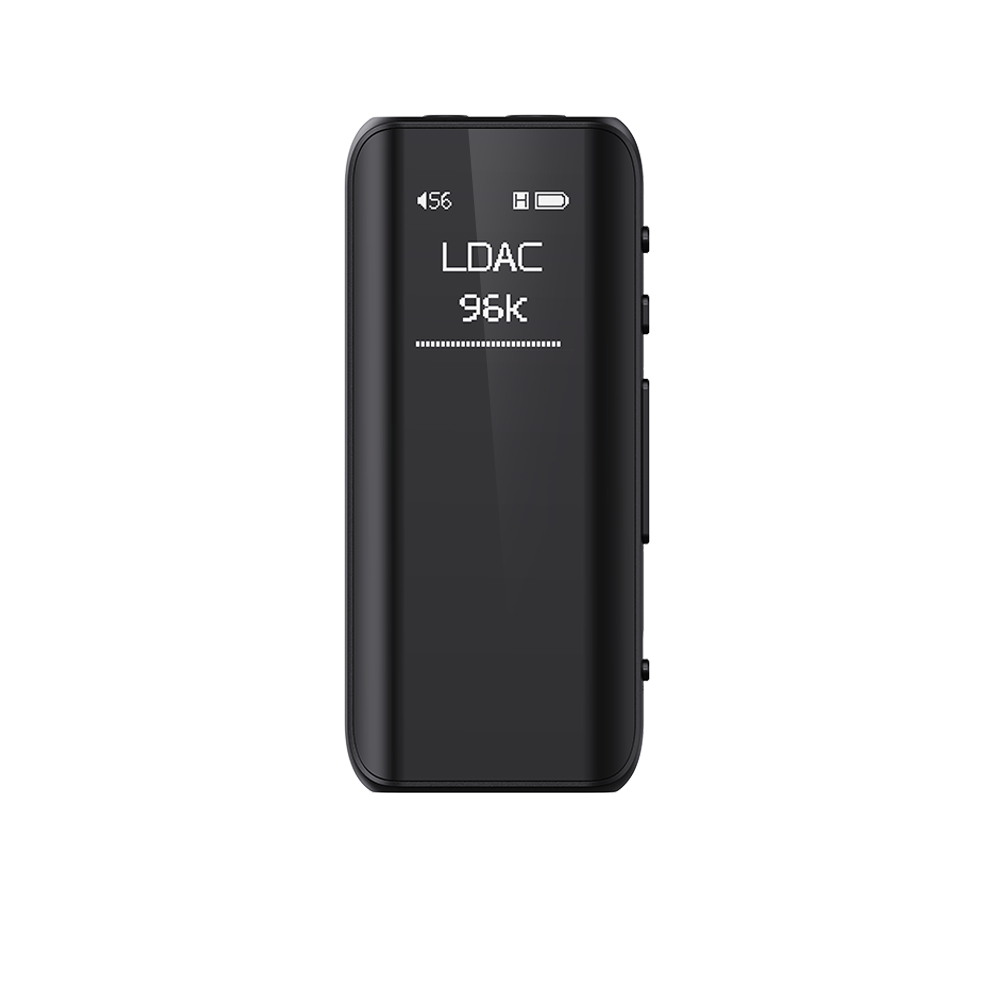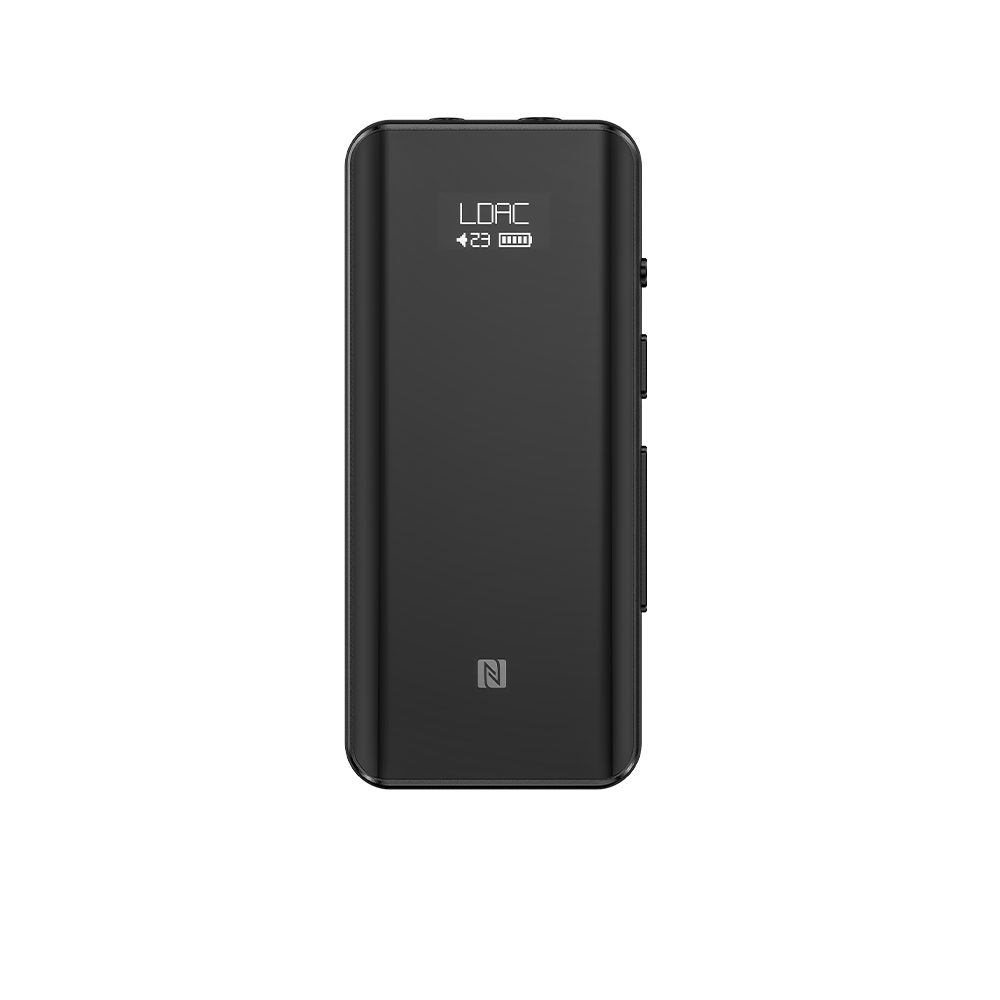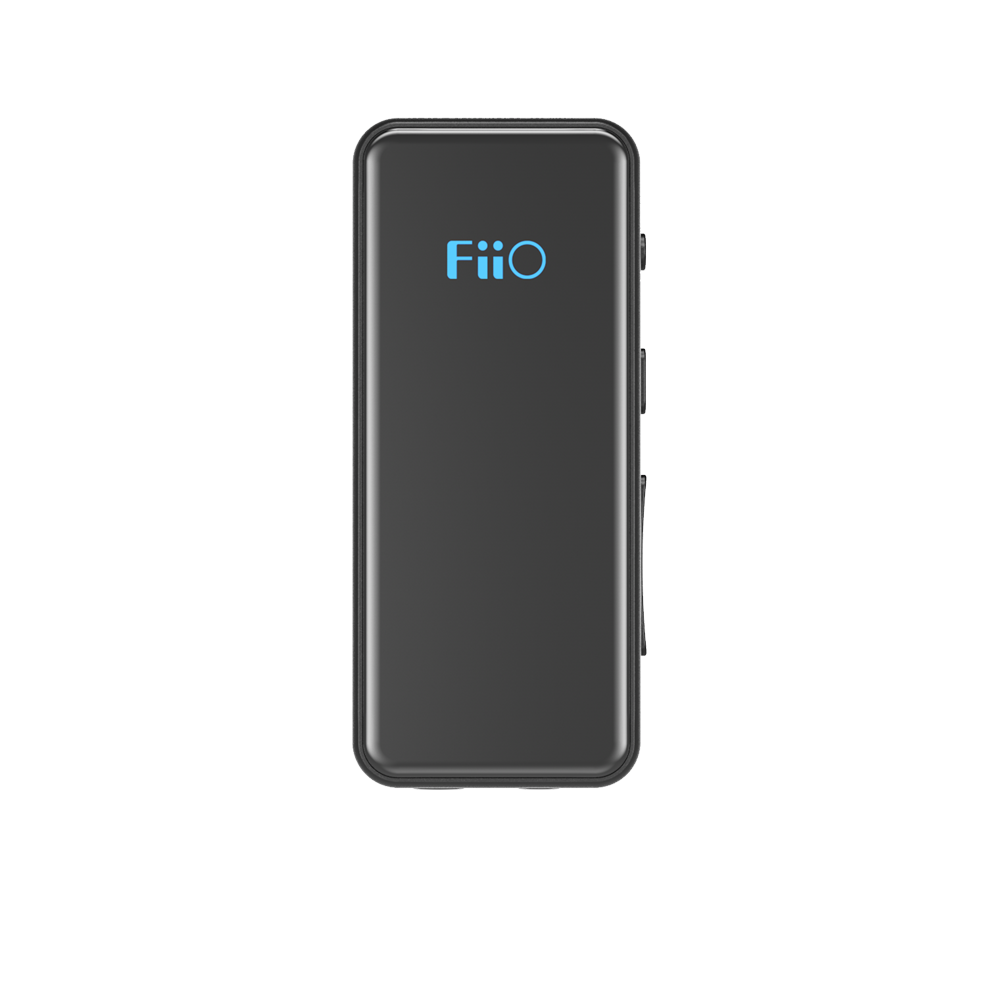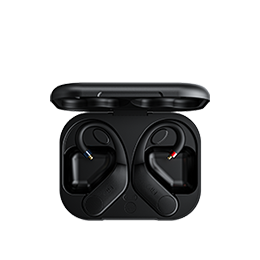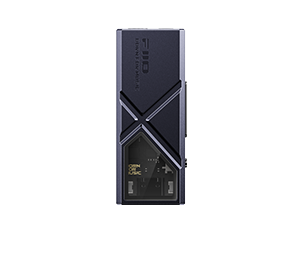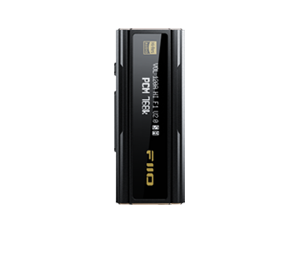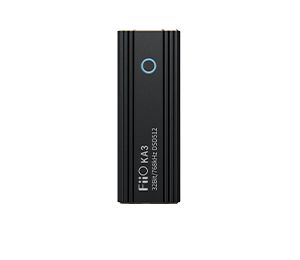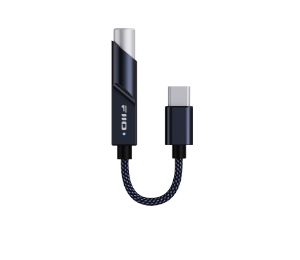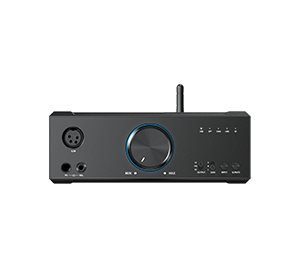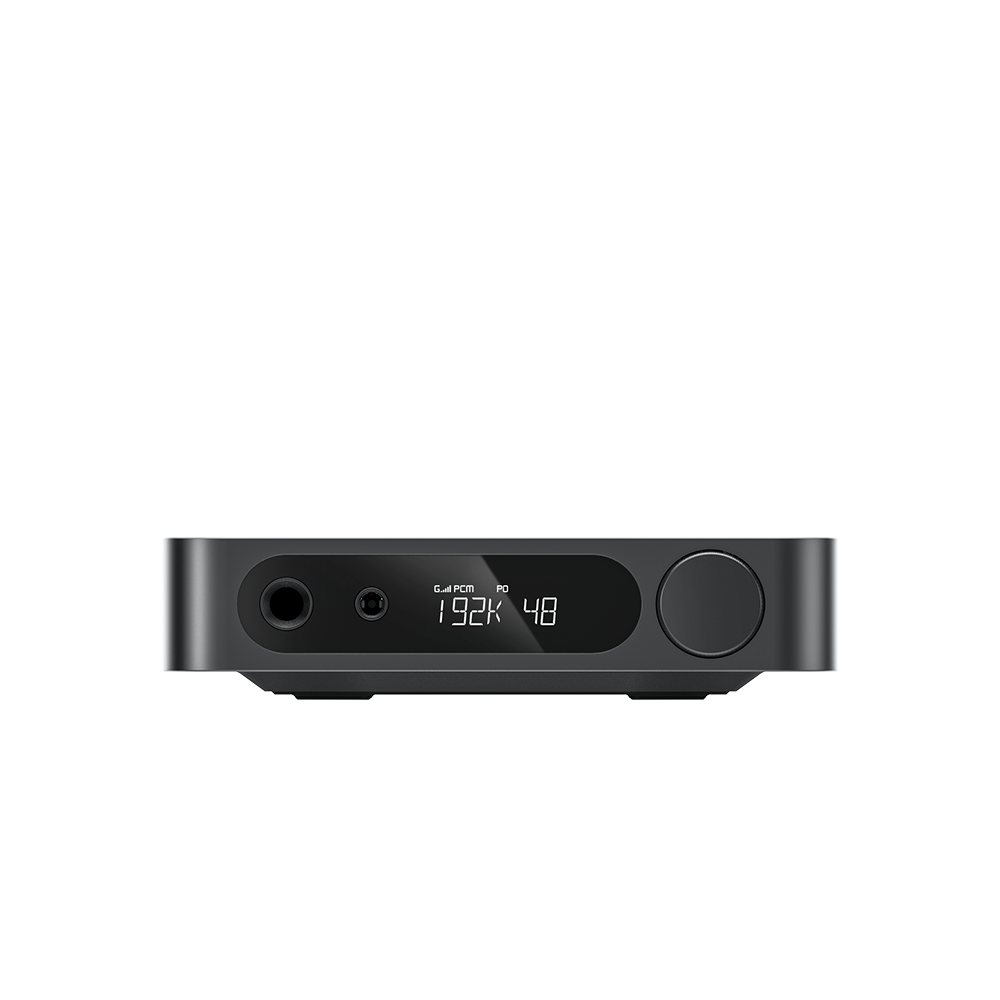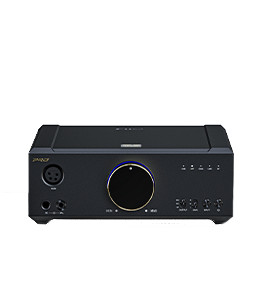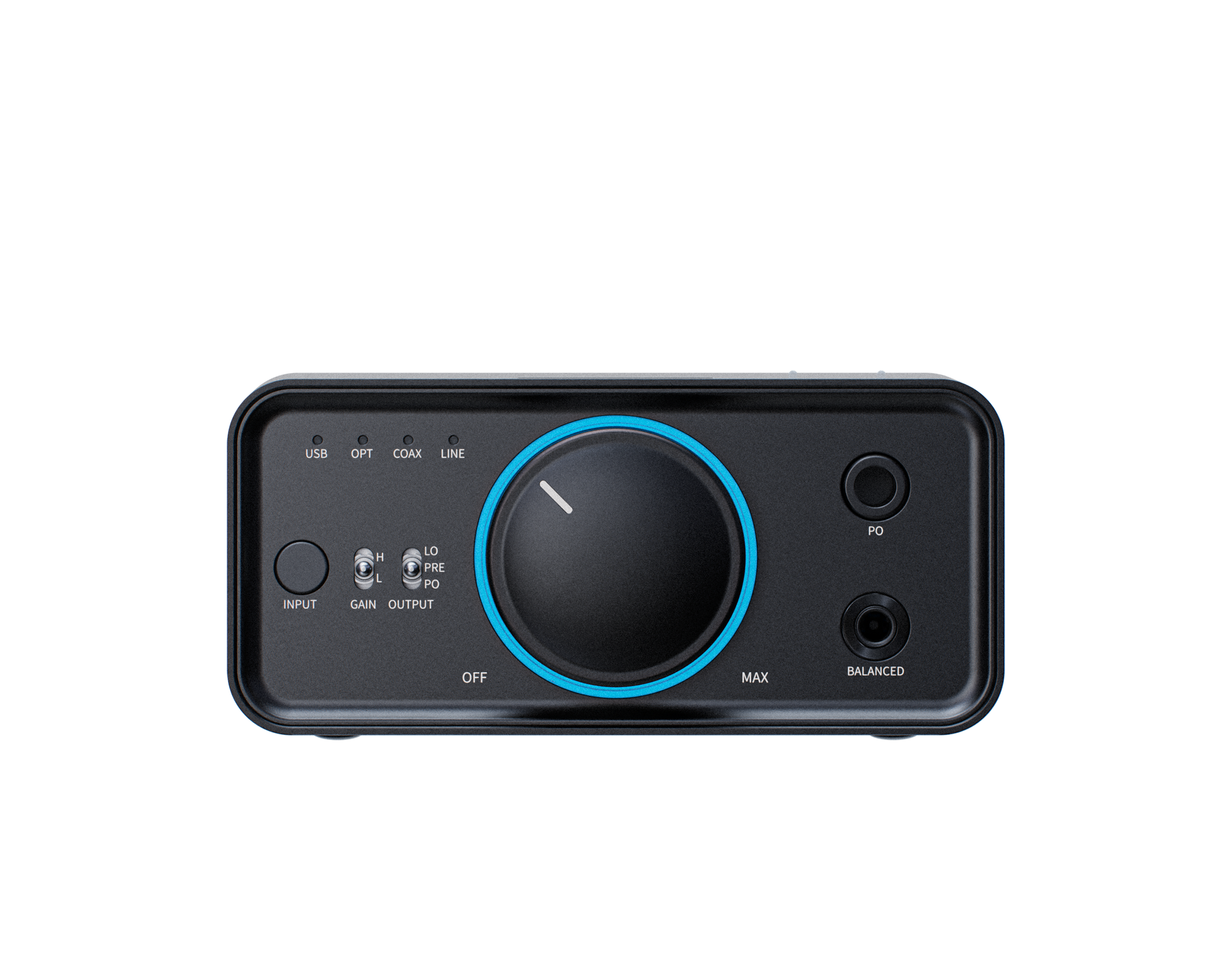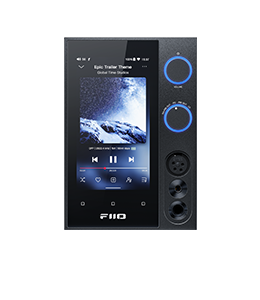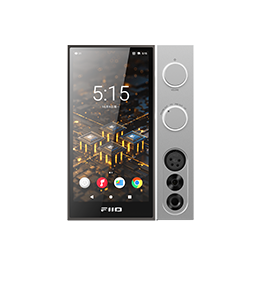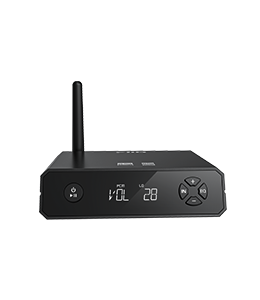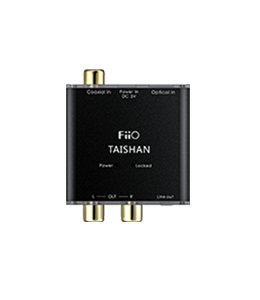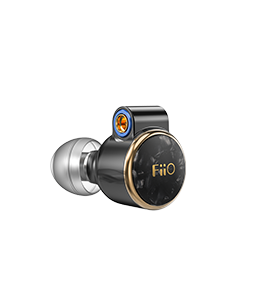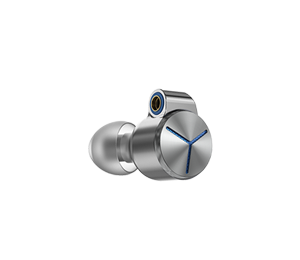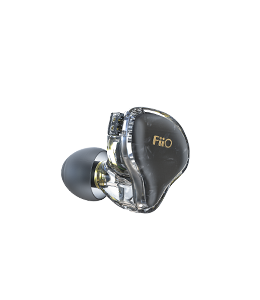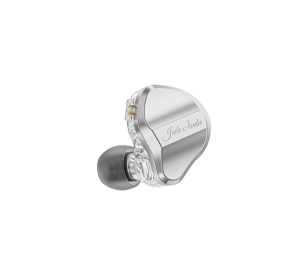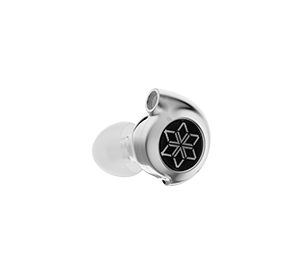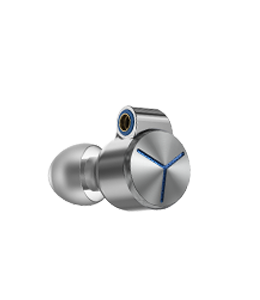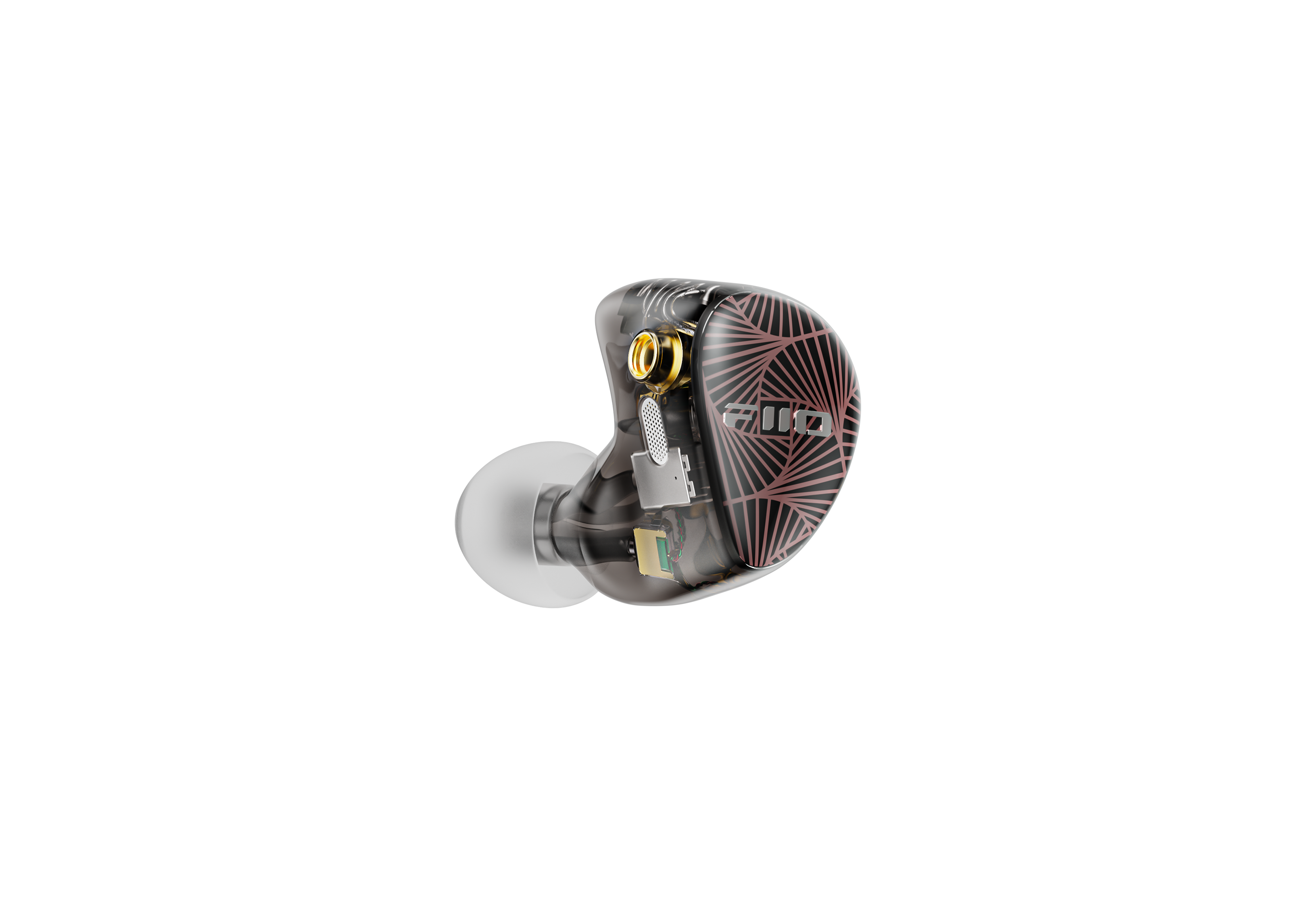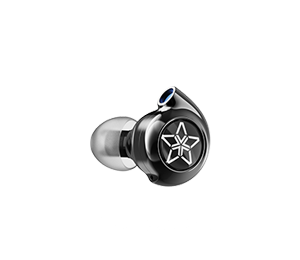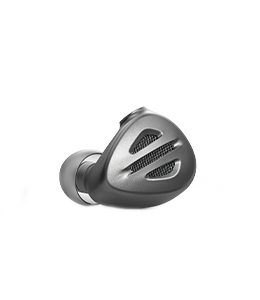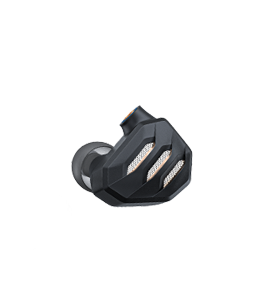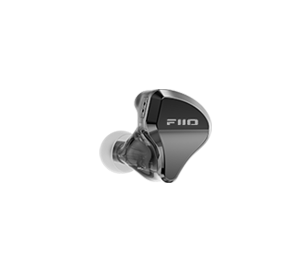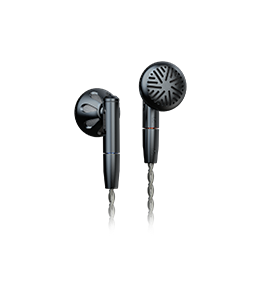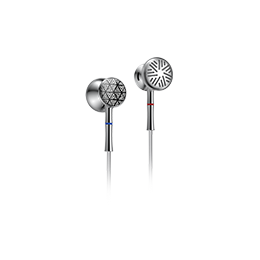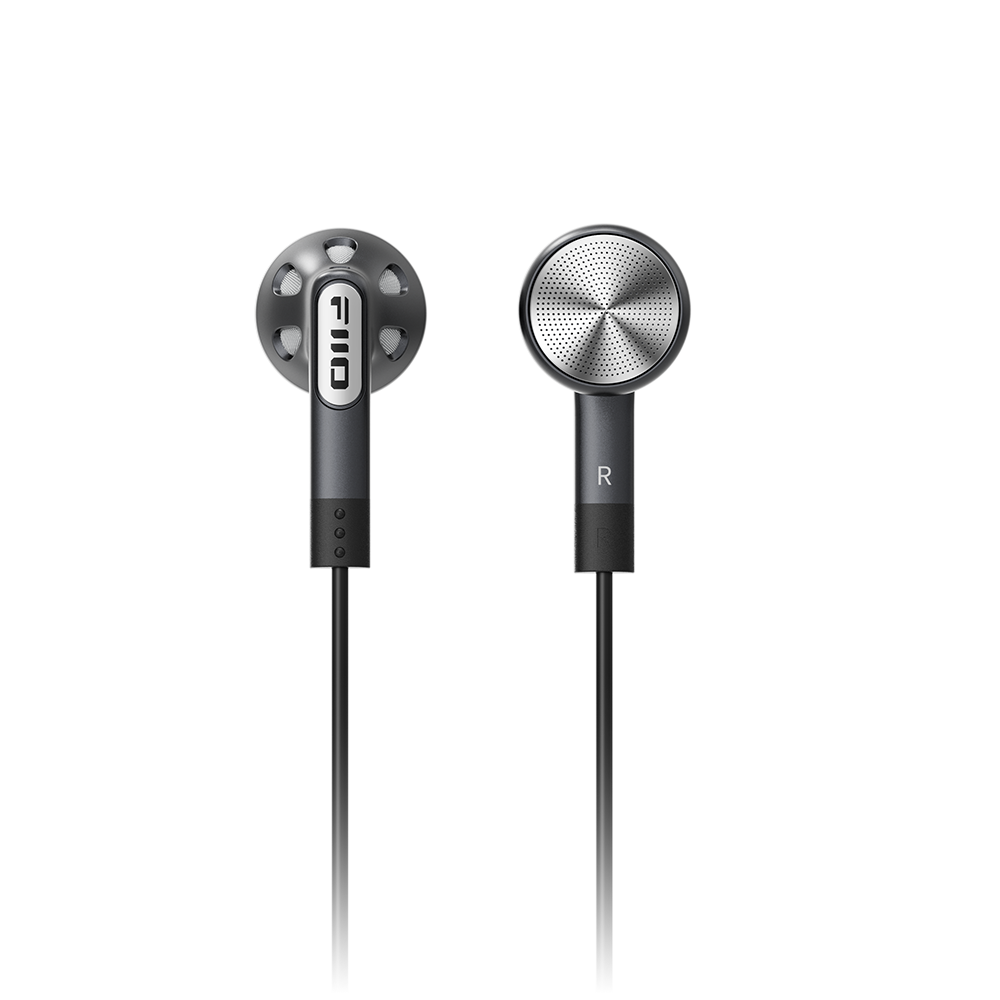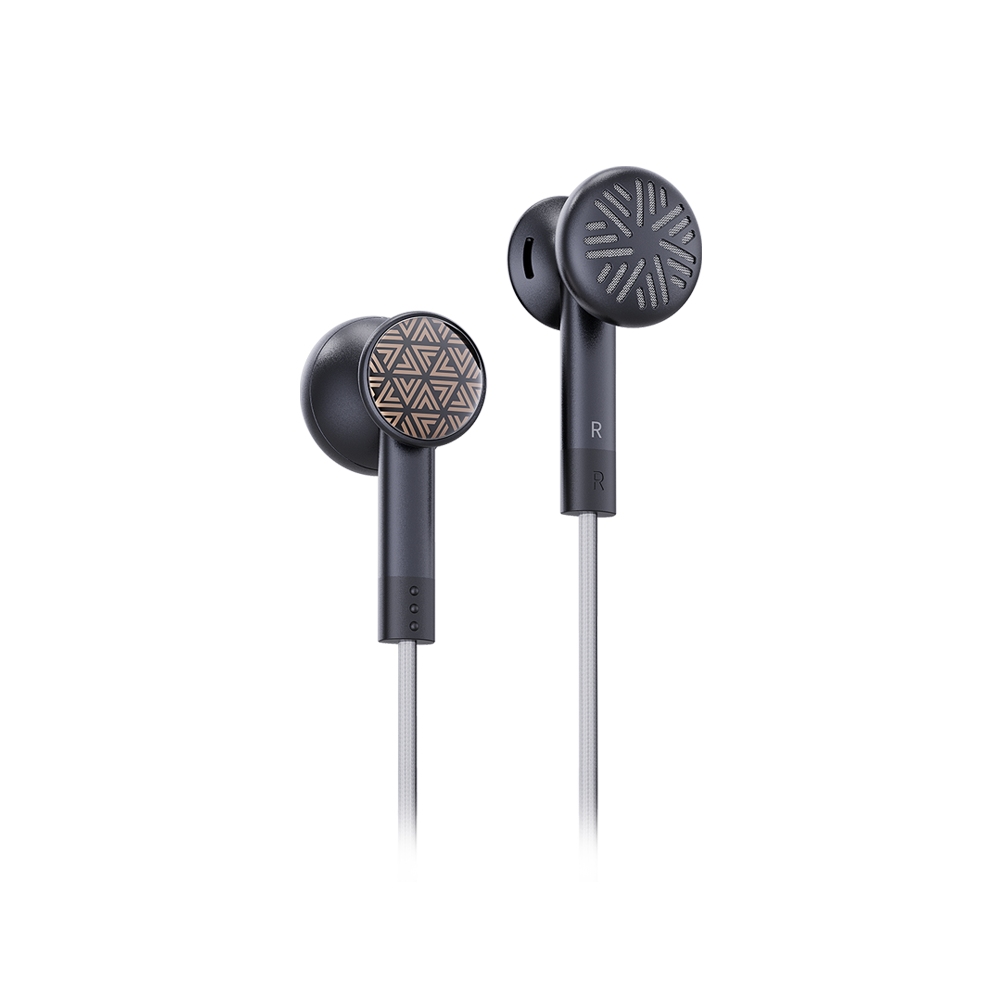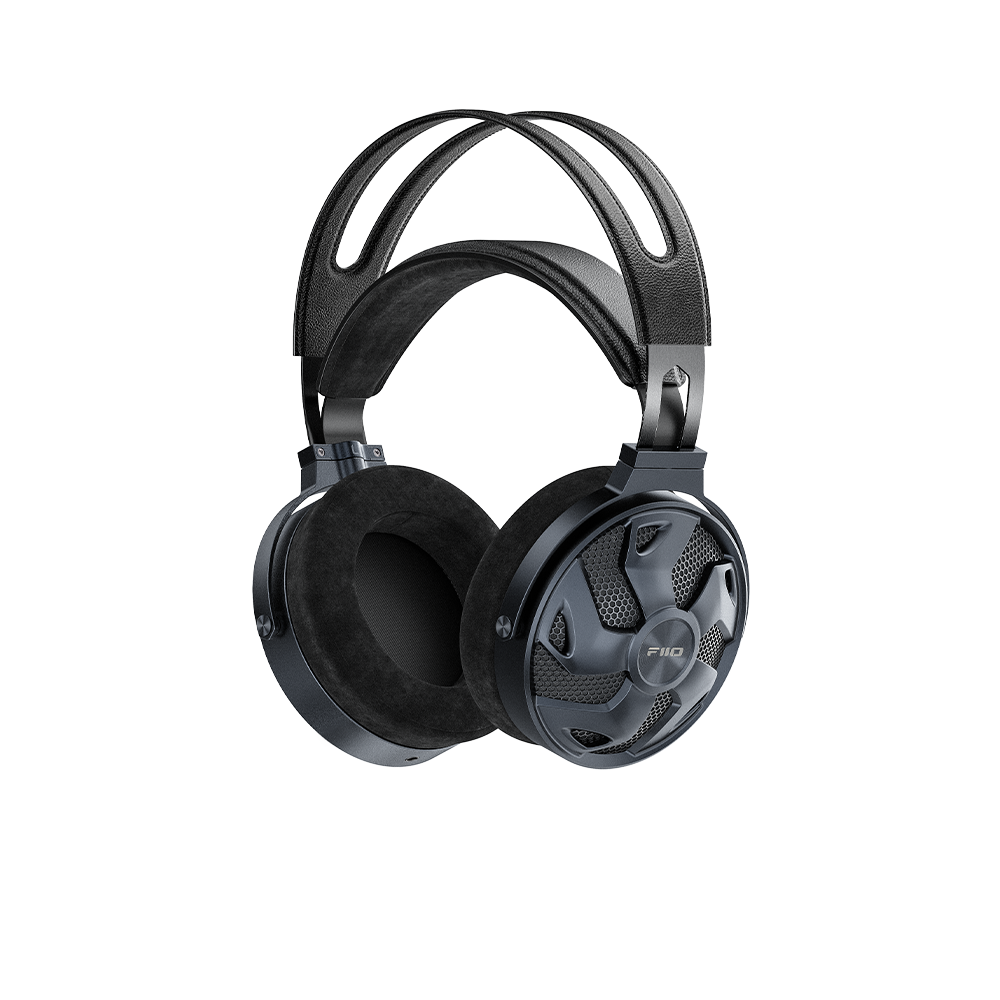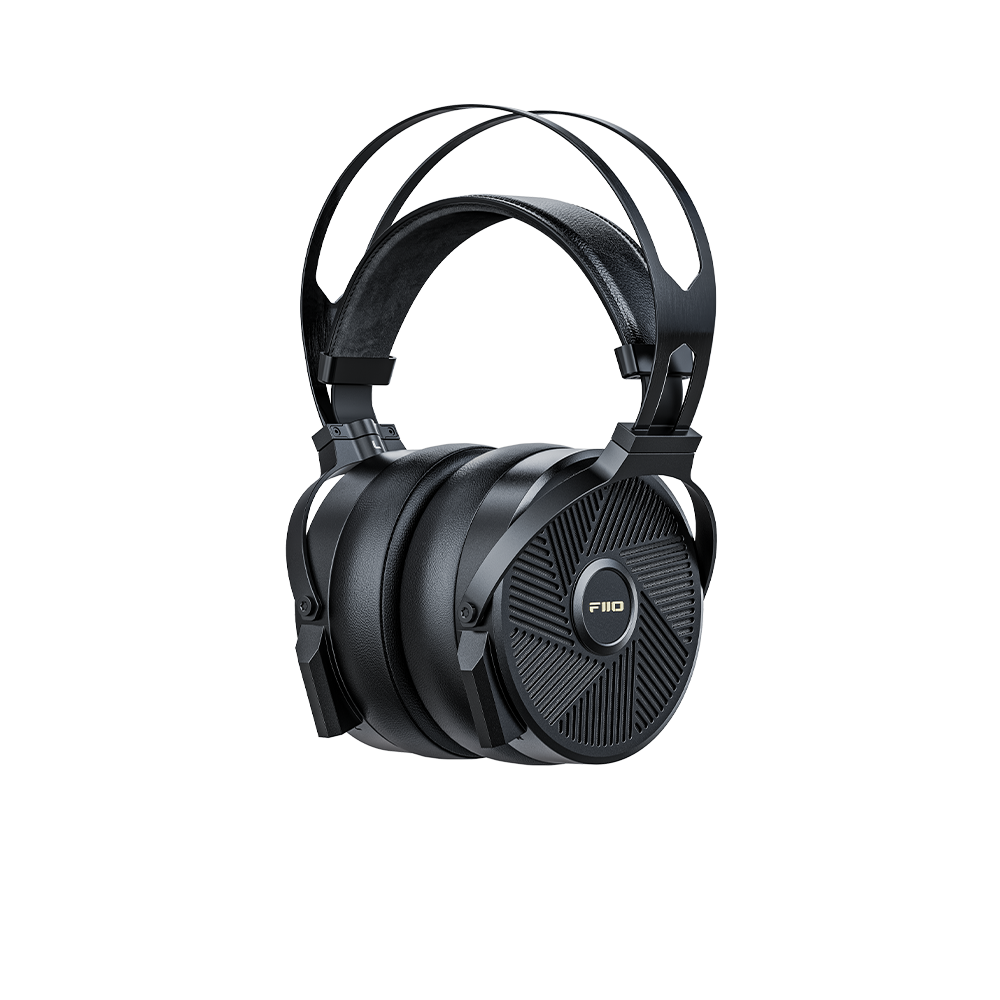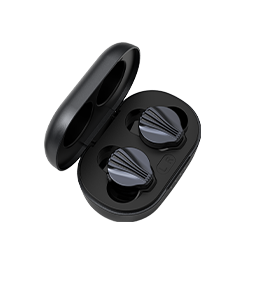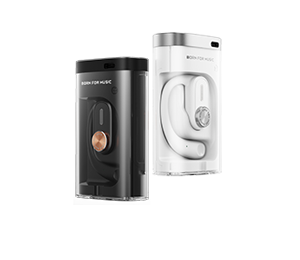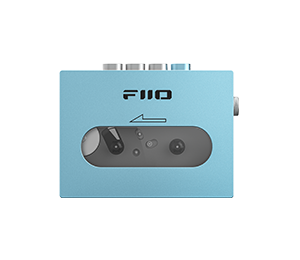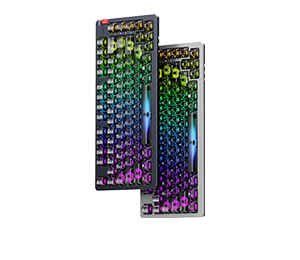Tons Of Features In A Small, Well-Designed DAP
Author:csglinux
Review from:Head-fi
→→ Read the original article on Head-fi:>> Click here
Cons - Sensitive IEMs expose noise floor from BAL-out and circuit noise from SE-out
Introduction
The following impressions and measurements were made using a loaned X5iii unit which was returned to FiiO after the review. I want to say a huge thank you to FiiO for their bravery in selecting me for the North American review tour group 4 for the X5iii. I've never been very good at sugar-coating things, and I don't hold back when reviewing a product I don't like; I don't court controversy, but gushing exuberantly over every product you review doesn't paint an honest picture for a potential buyer. I've written some fairly scathing Amazon reviews of some earlier FiiO products, e.g., EX1 (nice sounding headphones, but I hated their ergonomics) and the X3 second gen (which I felt was overpriced, considering its sound wasn't all that much better - and its noise floor was worse - than my smartphone at the time). FiiO has taken some big steps since the X3ii, but without knowing what headphones are going to be used with the device, there still has to be a question mark over how much (if any) improvement in sound you're going to get with any dedicated DAP. For the right kind of headphone (explained below), the third-generation X5 could be your current best-choice in digital audio players. In order to save some typing, from this point on I'm going to refer to the X5 third generation as the X5iii. Please pay careful attention to the number of "i"s, because I'm also going to occasionally reference the X5ii
Spoiler: Unboxing Video:
Sorry! Unboxing videos are so lame. I just can't bring myself to stoop to that. Please search YouTube if you really want to waste your life on unboxing videos. Suffice to say that the unit I tested came in a fairly minimalist cardboard box (thank you FiiO, for not unnecessarily destroying the planet with over-the-top packaging) with cables, connectors, a clear soft-plastic TPU case and a leather case. The leather case looked a little cheap and I didn't use it. I much prefered the look of the clear TPU case which fit well, didn't add much bulk and allowed the nicely-designed X5iii to show through it. I wish the X7 had come with such a well-fitting TPU case (the hard opaque plastic case that comes with the X7 doesn't fit all that well).
Hardware Design:
The hardware design of the X5iii is its strongest feature. It's a big change from the X5ii (second generation), with a move to a large touch-screen replacing the previous small screen and scroll wheel. Compared to its big brother (the X7), the X5iii is smaller, lighter, and fits easier in the hand. The volume control wheel is an awesome addition and is perfectly positioned to operate with your thumb when holding the player in your left hand. I've seen some people complain about the position of the hardware buttons and the risk of inadvertently pressing them, but I didn't have that problem. The only thing I'd wish for with the forward and back buttons is a long-press feature for forward/reverse scrubbing within a track. The two microSD card slots are a huge bonus, though there is a trade-off with the slick, streamlined design of the microSD card trays and the convenience of being able to just push an SD card out without need to find the right-sized paper-clip (a problem that I did encounter during an X5iii listening test with one of my headfi buddies). The X5iii screen has a slightly darker hue than that of the X7, but it still looks great and I didn't have any problem reading the screen, even in strong sunlight. Overall, I loved the design.
Software:
The software design of the X5iii follows closely from the developments of the Android 5 system used on the X7 and will feel very familiar to anybody that has used the X7. Unlike some vendors of far more expensive devices such as A&K and iBasso, FiiO offers a full Android 5 experience on the X5iii, which includes the Google Play store. The software highlight for me is FiiO's own music app. I understand that some people have issues with it, but for me, this is the best music app I have used on any device - ever. I absolutely love the FiiO music app and wish FiiO would offer this more generally via the Google Play Store. I would happily pay to have it on my Android smartphone. There are popular music players for Android (e.g., Neutron) that have far more features, but I very rarely - if ever - use those features, and in my experience these feature-rich players come with all sorts of bugs and issues. I love the simple, minimalist design of the FiiO music app; I love the option to automatically download synchronized lyrics, the integration with the Viper sound-effects module and the ability to rapidly change the volume by quickly swiping up/down on the right of the touch-screen. People may tell you that the software (mainly theFiiO music app) is buggy and that's probably still true - no DAP I've used is perfect in that regard - but what I find ironic about the complaints on the FiiO forums is that many of these issues are related to features that don't even exist in most other players. FiiO have worked hard to fix the issues in the Android 5 platform (and the FiiO music app) and a few of us on headfi have been helping to maintain a user-driven prioritized log of existing bugs on the X7. Those of you considering an X5iii might want to check out that list, because the vast majority of those issues will apply to the X5iii too. You will notice that most of the remaining bugs are not critical: http://www.head-fi.org/t/824174/known-bugs-issues-with-latest-x7-firmware
Listening/Measuring Tests:
I tested the X5iii using the following headphones:
Headphone
Connector Type
Impedance
Sensitivity
SE846 + brown Knowles damper mod BAL and SE
~ 9 Ohm @ 1 kHz
114 dB SPL/mW
FLC 8S + modded LF filter BAL and SE
11 Ohm
93 dB SPL/mW
ER4XR BAL and SE
45 Ohm
104.5 SPL/mW
Fostex TH-X00 Ebony (many thanks to @moedawg140!) SE
25 Ohm
94 dB/mW
ATH-M50X SE
38 Ohm
98 dB/mW
KSE1500 Analog LO only
N/A
N/A
I compared DAPs on the balanced-output IEMs, SPL-matched using REW and a Vibro Veritas coupler, by connecting the sources via a 4-pole triple-throw switch:

Each IEM tested with BAL-out was also tested on SE-out using its cable adapter:

Line-out into the KSE1500 was sent through a 3-pole triple-throw switch:

DAPs Compared:
DAPs Compared in this review: S/N
THD+N
Z-out
FiiO X5iii >=115 dB
0.003% (into 32 Ohm @ 1kHz)
< 1 Ohm
DX200 2.5mm balanced output 125 dB
<0.0002% (into 64 Ohm @ 3Vrms)
0.15 Ohm
DX200 3.5mm single-ended output 122 dB
<0.00032% (into 32 Ohm @ 1.8Vrms)
0.15 Ohm
DX200 line-out 122 dB
<0.00025%
QP1R 0.0006% (@ 1 kHz)
<0.19 Ohm
AK380 2.5mm balanced output 117 dB
0.0007% (@ 1 kHz)
1 Ohm
AK380 2.5mm single-ended output 116 dB
0.0008% (
@ 1 kHz)
2 Ohm
FiiO X7+am1 >=115 dB
<0.0008%
(into 32 Ohm
@ 1 kHz)
<0.2 Ohm
FiiO X7+am2 >=118 dB
<0.001%
(into 32 Ohm
@ 1 kHz)
<0.5 Ohm
FiiO X7+am3 balanced output >=115 dB
<0.0008%
(into 32 Ohm
@ 1 kHz)
<0.3 Ohm
FiiO X7+am3 single-ended output >=115 dB
<0.001%
(into 32 Ohm
@ 1 kHz)
<0.3 Ohm
FiiO X5ii >=117 dB
<0.001%
(into 32 Ohm
@ 1 kHz)
<0.3 Ohm
FiiO X1ii >=113 dB
<0.003%
(into 32 Ohm
@ 1 kHz)
<1 Ohm
I haven't listed MSRPs for the above DAPs, but some here are much more expensive than the X5iii and perhaps that might seem unfair. However, most potential buyers are still going to want to know how the X5iii compares in term of sound with the best currently available DAPs. It's a credit to the X5iii that with many headphones (there's a caveat, explained later), the X5iii compares remarkably well.
Of all the DAPs tested, the X5iii was the slowest to boot-up. It also takes some time to scan your music library (for my library of ~ 200 Gb worth of mostly FLAC files it took a bit less than 5 minutes, compared with ~ 1 minute on the DX200). However, music scanning is something you'll typically only do once (incremental updates are quicker) and, once booted, the X5iii has the fastest, most responsive UI of any DAP I've ever used.
I recently read a small review on Headfonia, from which I quote verbatim: "While the X5iii of course doesn’t perform at the same level as the AK380, it does get you as close as you can get for $399." I'm amazed that someone actually gets paid a salary for writing vacuous statements like this. Firstly, how has Headfonia established the metric of precisely how "close you can get for $399"? And how have they established that the X5iii exactly hits that mark? More significantly, the statement that "the X5iii of course doesn’t perform at the same level as the AK380" plays into all the usual stereotype of "well, this cost $5000, so it must sound better". If you've never heard the AK380, I recommend you check it out with a proper SPL-matched blind A/B test. It sounds basically the same as the X7, in many cases no better than the X5iii and, to my ears, less detailed than the QP1R, all of which sell for a fraction of the AK380's massively over-inflated price (and that’s not counting the extra expense of adding a copper or stainless steel chassis). Sorry for getting side-tracked here, but this is such an important issue. Iriver, like those that sell CD masters as 192/24 tracks, audiophile-quality mains cables, comb-filter-suppressing rock jars and unicorn horns, thrive by exploiting the gullible and the ignorant. One needs to be very careful in presuming that price buys you better audio quality. From a reputable seller it often can, but are there are plenty of cases where it buys you nothing (e.g., upsampled "hi-res" audio from identical masters: http://www.head-fi.org/t/648932/bandcamp-promotion-thread/15#post_13283024) and it also predisposes you to expectation bias, so you really must A/B test these things for yourself, SPL-matched and blind. It's really, really important. There's an entertaining section at the beginning of this video explaining why: https://youtu.be/BYTlN6wjcvQ
One of the entries you'll notice in the previous table of DAPs compared is that of THD+N (total harmonic distortion plus noise). It's a number I always look at and something I always want to be small, but it's a fairly deceptive measure and for a long time I've wished we had a better agreed-upon standard of output metrics. The problem with playing a single, loud, 1 kHz test tone is that it can mask a multitude of sins. The music that most of us listen to isn't comprised of single-frequency, high-amplitude sine waves. Music has crescendos, diminuendos - and even moments of silence. I appreciate hearing the air between the notes - and even sections of total silence. A consistent amp or circuit noise can be made to look arbitrarily small by swamping it with a sufficiently-loud signal into a higher-impedance load, but unfortunately you will still end up hearing that noise in quiet passages of music with more sensitive headphones. Furthermore, THD will vary with frequency and very loud signals may start to cause distortion and clipping, so a more useful measure of THD+N would be from a frequency sweep at several volume levels, which would include both very low and relatively high (close to maximum SPL) output levels into low-impedance headphones. Unfortunately, since there's no agreed-upon standard right now, THD+N at 1 kHz into a 32 Ohm load it is, and we'll just have to hope that the number we have is in some way relevant. In my experience, there does seem to be some correlation, but it's not a perfect measure by any stretch.Listening Tests:
Most of my critical listening was done with my IEMs using my four-pole/double-throw switch to alternate a balanced output from two DAPs into a single set of headphones. The output was SPL-matched as close as possible (typically only within about 0.2 dB because of the discrete volume steps in all of these DAPs). I did almost all of my listening via balanced-out. I need to confess that I did not do a carefully controlled test of SE vs BAL on the X5iii. I’d really have needed two X5iii units to test these, properly SPL-matched. I just don’t trust my own brain when switching from two devices with a long pause while I have to adjust the gain. In all honesty, from the very brief and unscientific tests I did, I couldn’t detect much difference between BAL-out and SE-out - with one exception… When using sensitive IEMs, there was a noticeable noise floor on the BAL (2.5 mm) output. I’ve come to expect that with my SE846, but this was particularly noticeable, even with my FLC 8S. The noise floor with the SE846 was loud enough that I could even hear it over quiet passages of music. That's the only major issue I had with the X5iii . It has an outstanding design, DAC and feature set, but it really deserves a better amp.
I also noticed something odd with the SE (3.5 mm) output, which was some circuit noise that was apparent even when all radios were off and no other transmitting devices were within close proximity. This circuit noise was quite distinct from the typical white noise one hears as a noise-floor from an amp. The SE-out’s noise floor was less than that of the BAL-out, but its circuit noise contained some unpleasant tonal components, with a peak around 1.6 kHz. This circuit noise was present on the SE-out, independent of the volume setting, but wasn't present at all from the BAL-out. I’ve not seen anybody else report this, so it’s possible this was a fault with the North American review tour group 4 unit. (This was an issue I reported to FiiO, but something I never got any resolution on.) In any case, unless you have sensitive IEMs, it likely wouldn’t be a problem: it was audible on the SE846, faint on the FLC 8S and inaudible on the ER4XR.
I did do some listening via Tidal and, as with the X7, there can also be some WiFi interference noise with more sensitive IEMs. It rarely bothered me, as it’s only really apparent before playback starts and can always be eliminated completely by downloading the tracks you want and then switching to offline playback. With regular music playback, the biggest sonic differences between the X5iii were also apparent with the SE846, most likely due to the fact that the SE846 has an extremely low impedance (~ 7 Ohm @ 1kHz) and also wild impedance swings with frequency. The X5iii sounds slightly warmer than the X7+am3 or DX200 - so, taking the edge off its treble and/or boosting its bass, depending on how you want to look at it. This is a likely result of the X5iii’s slightly higher output impedance, but it really isn’t a problem for me. The differences are pretty small and could be a positive or a negative, depending on your sound preferences. These sonic differences show up in measurements too:

The sonic differences were extremely minor with the FLC 8S, with noise floor (BAL-out) and circuit noise (SE-out) also reduced in comparison to that from the SE846. With the ER4XR, I couldn't reliably A/B any differences at all (and noise floor and circuit noise were totally inaudible). Could you hear the differences with the ER4XR? If they’re there at these volume levels, they’re very, very subtle:

The X5iii’s digital output via USB doesn't appear to be working yet (perhaps this will get addressed in a future firmware?) so I wasn't able to test USB DAC mode feeding the KSE1500, but I did do some listening tests using the X5iii’s LO into the KSE1500. Wow. I was very pleasantly surprised by the X5iii’s DAC. To my ears, the X5iii’s LO beat that of the DX200, with a more enjoyable sound and better extension at both ends of the frequency spectrum. (The KSE1500 always seems to have an extremely clean, black background, no matter the source.) Given its small size and excellent DAC, the X5iii would be a great choice for someone who already owns a good amp (such as the KSE1500’s electrostatic amp).
Summary:
The X5iii is a fantastic product, but it does have a slight weakness, which is its amp. Having said that, the weakness in the X5iii’s amp probably isn't going to be relevant, or even perceptible, to most people. Listeners with sensitive IEMs might want to look elsewhere, and those with harder-to-drive headphones might want to take it for a test drive first. But for a very large range of headphones in between, the X5iii has to be one of the most feature-packed and best value-for-money DAPs on the market right now.



